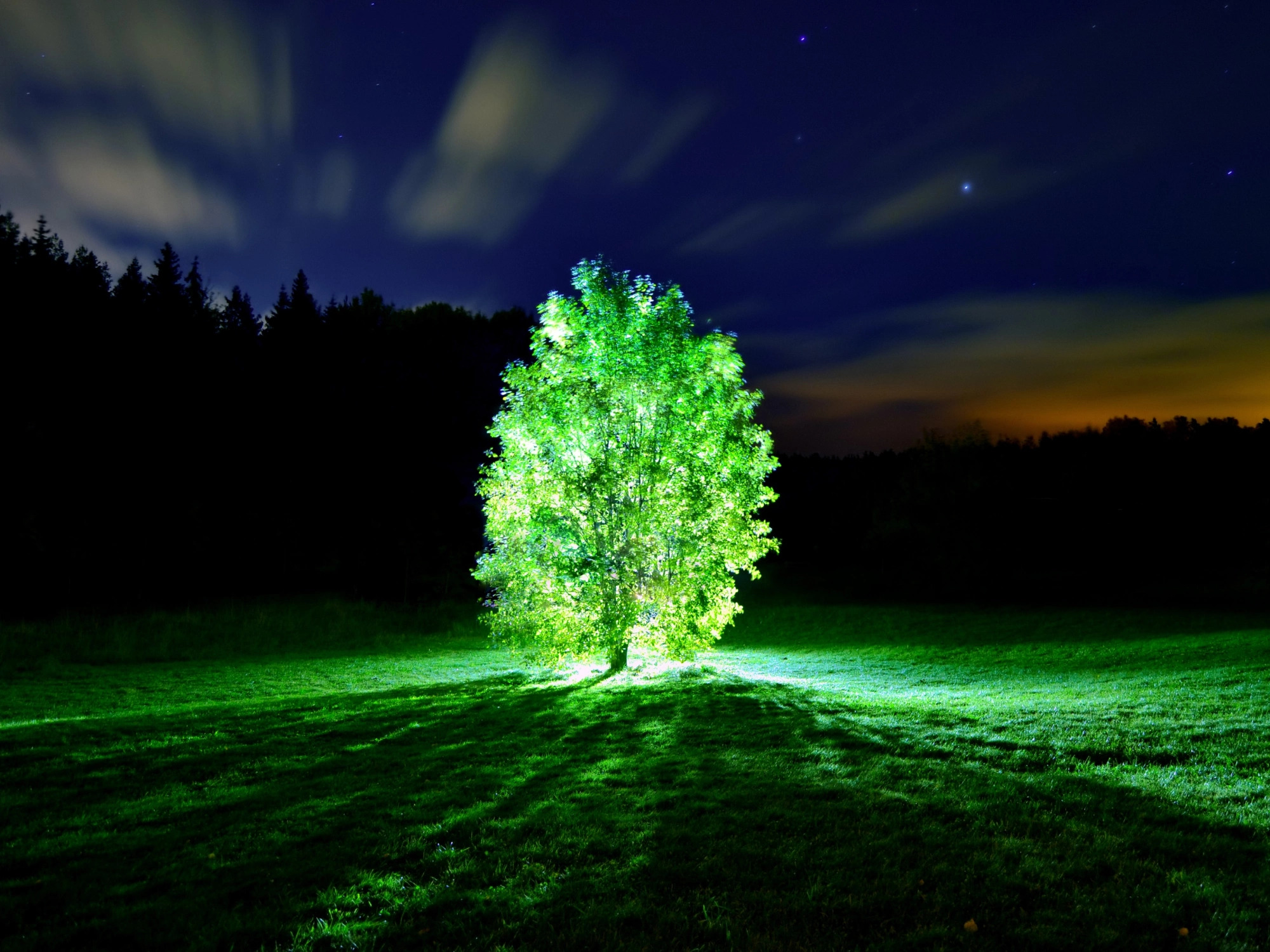Trees that emit their own light in urban areas to illuminate the streets? It sounds a bit like science fiction, but it’s really the idea of Woodlight, a start-up founded by two biologists. No witchcraft behind this idea, but the exploitation of the principle of bioluminescence.
When we talk about town planning, public lighting is a thorny issue. Expensive in energy, questions about sustainability and respect for the aesthetics of certain neighborhoods, maintenance of equipment in the face of vandalism… As for energy costs, many French cities thought they had found salvation thanks to the use of LED, but the light pollution caused by these devices remains problematic. Thus, Woodlight, a Strasbourg start-up founded by Rose-Marie and Ghislain Auclair, two biologists, is exploring another path: that of bioluminescence.
Light on green innovation
On October 4, the “Deeptech sees Big” exhibition will be held, where Woodlight will be able to present its project. His idea ? Make certain trees adapted to life in urban areas bioluminescent, that is to say capable of emitting their own light. Bioluminescence already exists naturally in certain organisms.
To put it simply, it is the result of a chemical reaction between an enzyme (a protein capable of catalyzing a reaction) and the substrate of an organism. The substrate molecule concerned, luciferin, attaches to the luciferase enzyme, and the whole thing is transformed into oxyluciferin. This molecule formed is thus capable of emitting blue-green light. This is quickly summarized, but it is this simple principle that Woodlight wishes to exploit. For this to work, the two biologists must now be able to identify the genes that allow certain organisms to be bioluminescent in order to introduce them into a tree.
Bioluminescent trees to reinforce existing urban lighting
If the project is successful, the primary advantage would be to be able to install these trees so that they emit light without needing electricity to maintain their lighting. Then, this lighting does not produce heat or light pollution. This last point is both an advantage and a disadvantage. Indeed, a bioluminescent organism cannot illuminate with as much power as a device created by humans.
This is why Woodlight intends for its system to complement urban lighting, and not replace it. The imaginable applications are still interesting: soft lighting in urban parks or marking of cycle paths, for example.
Rose-Marie and Ghislain Auclair hope to commercialize their process around 2025. They still have a lot of work to do to identify the genes in question and then succeed in introducing them into plants that would thrive on French soil. We ask to see if this will succeed, but the project is ambitious and deserves to be supported for its innovative vision.
Source : Big Media

19